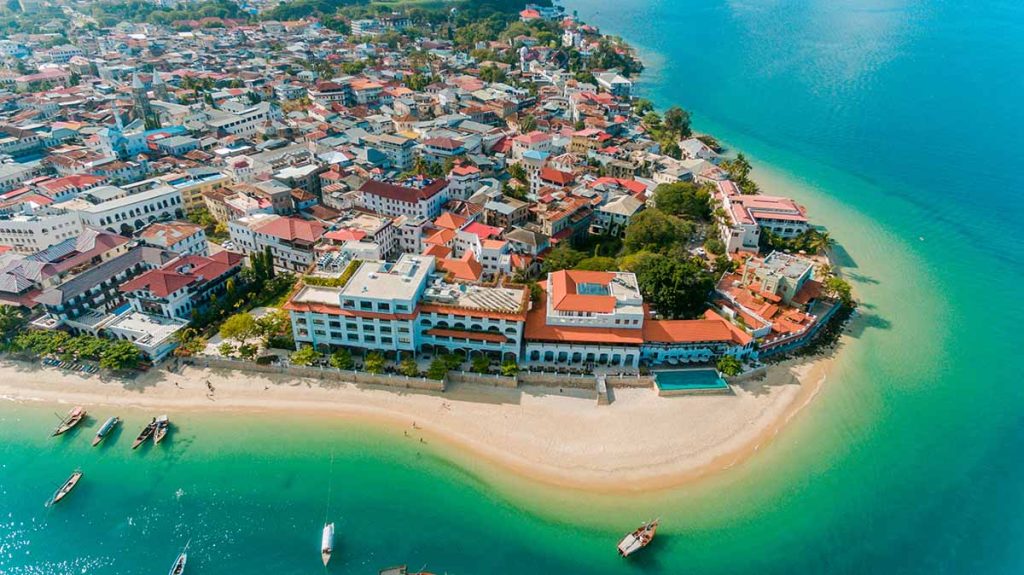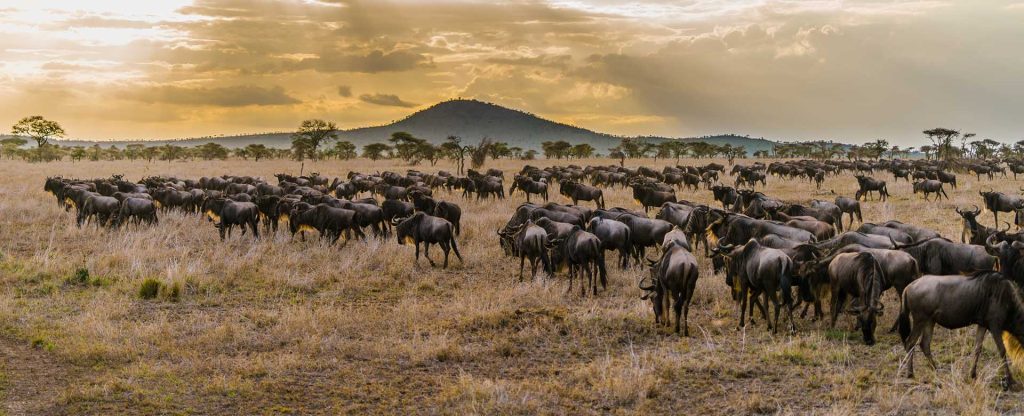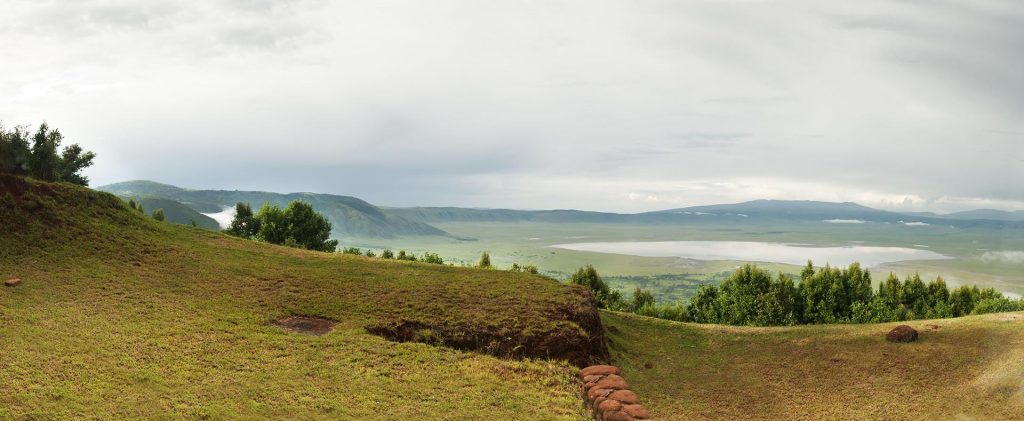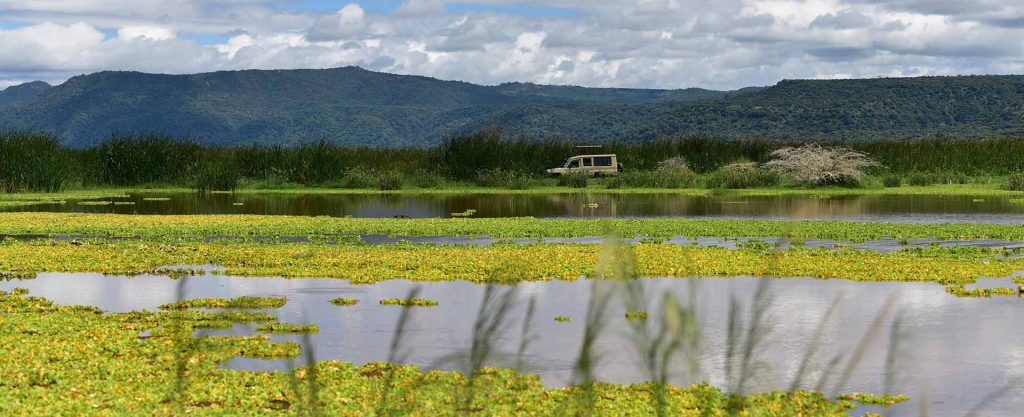Tanzania Top Destinations
Mount Kilimanjaro National Park
Mount Kilimanjaro, the highest free-standing mountain globally, can truly be marked as the rooftop of Africa. Ernest Hemingway eloquently described it as “As wide as all the world, great, high and unbelievably white.” This majestic site boasts three prominent volcanic centers: Shira in the west, Mawenzi in the east, and the snow-capped Kibo in the middle. Climbing Mount Kilimanjaro, standing at an impressive 19,340 feet, is a remarkable achievement for adventurous individuals.
Hikers traverse through diverse zones of forest, alpine, and semi-desert before reaching the snow-capped summit. There are various routes to choose from, ranging from 5 to 10 days, all guided by experienced guides and porters. The optimal time to embark on this journey is from mid-December to mid-March, when the sky is clear, the days are mostly sunny, and the mountain offers breathtaking views. Alternatively, the period from mid-July to the end of September is also recommended, with pleasant cloudy days and no rainfall. However, the mountain remains accessible throughout the year.
By road:
123 kilometers, a two-hour journey from the city of Arusha or 48 kilometers, a one-hour drive from Moshi town to Marangu Gate, and 86 kilometers, a one and a half-hour drive from Kilimanjaro International Airport.There are numerous activities around Mount Kilimanjaro. Certainly, the most attractive is climbing to the summit, Uhuru Peak, by using one of many routes that are established on the mountain itself. Every year there are thousands of trekking gores attempting to conquer the rooftop of Africa, highest freestanding mountain in the world. However, if you do not feel comfortable to tackle the mountain, there are plenty of other activities you can engage that include visits to the numerous villages at the foothill of Kilimanjaro, learning about the tribal life that happens around the mountain, walking over Shira plateau and take a sneak peak over the mountain top, or simply go west and enjoy more classic African experience in form of a safari on the Western plains overlooked by this mighty mountain.
Mount Kilimanjaro’s temperatures are not significantly influenced by seasonal changes due to its proximity to the equator. Instead, the altitude and time of day play a crucial role in determining the temperature variations on the mountain. As climbers embark on their journey, starting at the base, they can expect an average temperature of approximately 70 to 80 degrees Fahrenheit (21 to 27 degrees Celsius).
However, as they ascend through the different ecological zones of Mount Kilimanjaro, the temperatures gradually decrease. Upon reaching the summit, known as Uhuru Peak, climbers encounter night time temperatures that can range from 20 to -20 degrees Fahrenheit (-7 to -29 degrees Celsius). The towering height of Mount Kilimanjaro creates its own weather, making it highly unpredictable and subject to rapid changes. Therefore, regardless of the chosen climbing period, climbers must always be prepared for wet days and cold nights.






